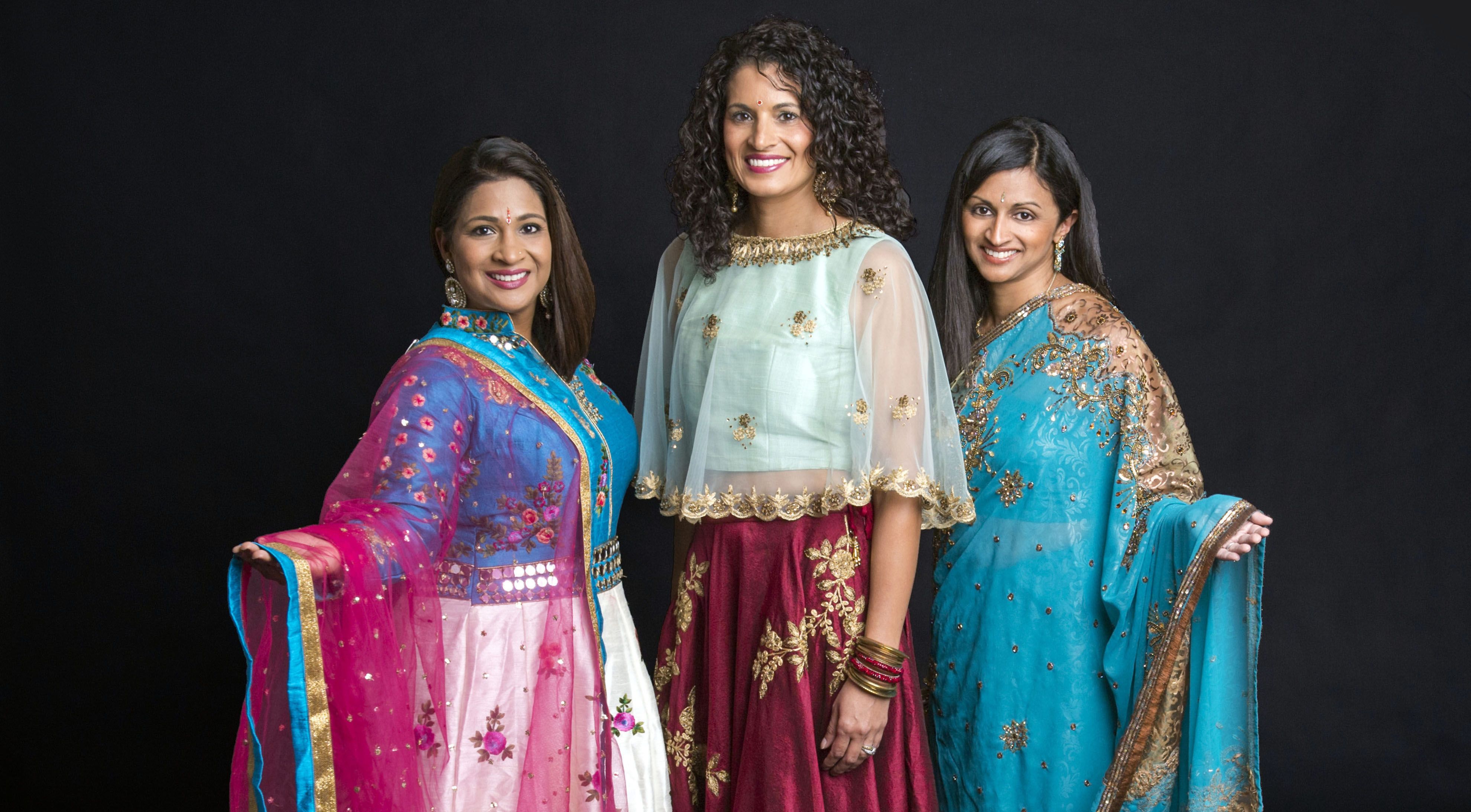A passage to India: A new generation of Indian Americans keeps their culture alive
Namisha Patel smoothed her red wedding sari, heavy with crystals, straightened the veil and stepped out the front door of her family home in the village of Mota, India, to a crowd of almost 1,000 people. Houses lined both sides of the street, and a long tent laden with brightly hued fabrics and floor coverings blanketed the dirt road all the way up to the front door. The entire village, along with family and friends, were waiting for a glimpse of the bride. Stepping from the threshold of the house, Namisha symbolically left her family to join the family of another. The Hindu wedding ceremonies and rituals leading up to this moment were about to be completed.
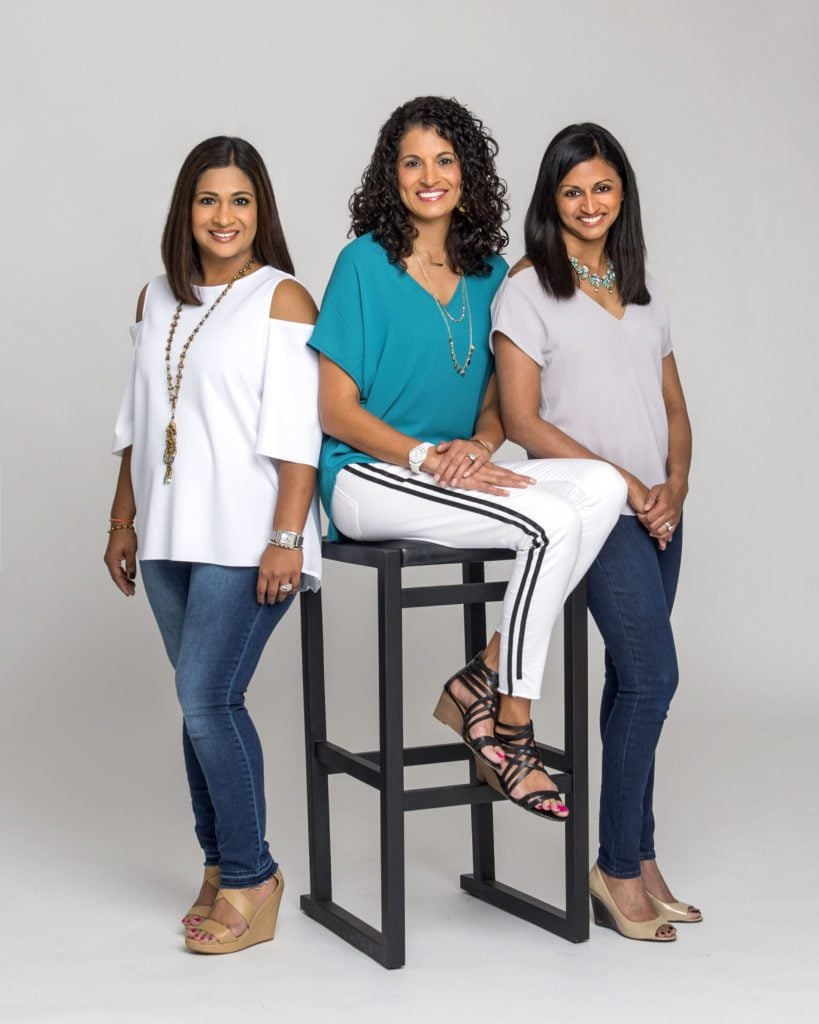
“It was important to my father for me to get married in India,” says Namisha, who grew up in Los Angeles. “My mom did such an amazing job with the planning. It was like being married in a ballroom at the finest hotel in America.”
And America is exactly what Namisha, who had just finished her course study in law school in California, knew best. The family home where her father had been raised was worlds away from Los Angeles and even further from Baton Rouge, where she and her husband, Vishal Vasanji, were ultimately going to live. But it was only one generation removed from being her reality. Today, Namisha—an attorney at the Maughan Law Firm—is slated to be the first Indian American president of the Junior League of Baton Rouge.
“I am who I am today because of my parents. They made sure I had the opportunities they didn’t have. They sacrificed for us,” says Namisha. “My parents expected us to be respectful, hardworking and educated, and to be the best we could be. They are extremely supportive, extremely encouraging and sometimes extremely honest.”
Namisha’s parents were not unlike others who had immigrated to the United States in the 1980s. They built a hotel in Los Angeles, carved out an apartment for their family from four of the hotel rooms, and lived on site while working all hours of the day or night to keep the hotel thriving.
“Their life was their work,” says Namisha. “I remember tending rooms at night after someone checked out late, in case another guest needed a room at midnight.”
Her parents ultimately opened other hotels and motels as their business in America grew. Namisha’s father sent her to a boarding school in Mount Abu, India, when she was ages 9 to 11. There she learned to read, speak and write both Hindi and Gujarati. At the time, this independent American girl did not want to be forcefully immersed in her Indian culture, or separated from her friends, but she appreciates it now.
“I look back on the boarding-school experience now and I’m so thankful,” says Namisha. “I can relate more to the older generation, and it’s also easier for me to relate to those born in India who live here, some from arranged marriages.”
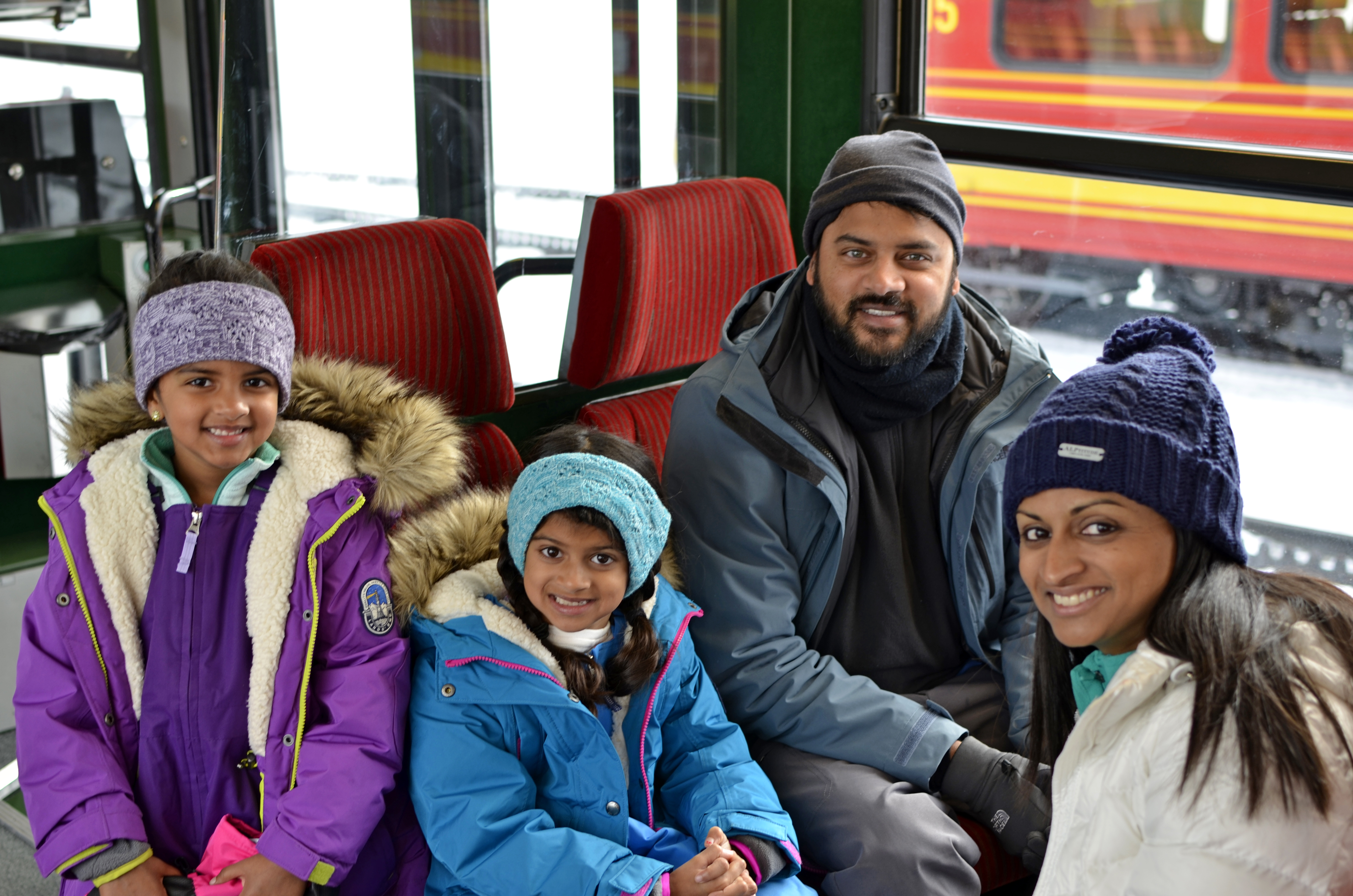
The “older generation” primarily refers to those born in India who moved here after 1965, when American immigration rules were relaxed. At the time, most were professionals such as engineers, doctors, accountants, scientists and college professors seeking advanced education or job opportunities. With a shared culture of rituals, customs, language and food—along with a common thread of beliefs—this first generation of Indian Americans formed tight-knit bonds with one another for socialization and ceremonies.
“My father tells the story of meeting other Indians simply by leafing through the phone book, looking for an Indian name, and making a cold call,” says Manisha Patel (no relation to Namisha) who grew up in Owensboro, Kentucky. Manisha’s parents were among the first Indians to move there in the late 1960s, after a college scholarship sent them to the University of Louisville. “Rubin’s parents did the same thing in Baton Rouge. It was one way to meet people and get connected.”
Manisha and her husband Rubin Patel don’t have any trouble being connected in the Baton Rouge community today. This social duo recently hit the stage for the fundraiser Dancing for Big Buddy, Manisha was featured as a Best Dressed honoree for the American Cancer Society in 2017, and Rubin is CEO and medical director of Patient Plus Urgent Care with three locations in the area and more on the way. But like most second-generation Indian Americans, they remember being raised quite differently than their neighbors.
“My parents were strict, in the best way. Education came first,” says Rubin. “My parents promoted playing sports, but it was not as important as school. Social activities were typically limited to the other Indian families in town. And interaction with other cultures and races before middle school and high school at Episcopal was limited to neighborhood kids.”
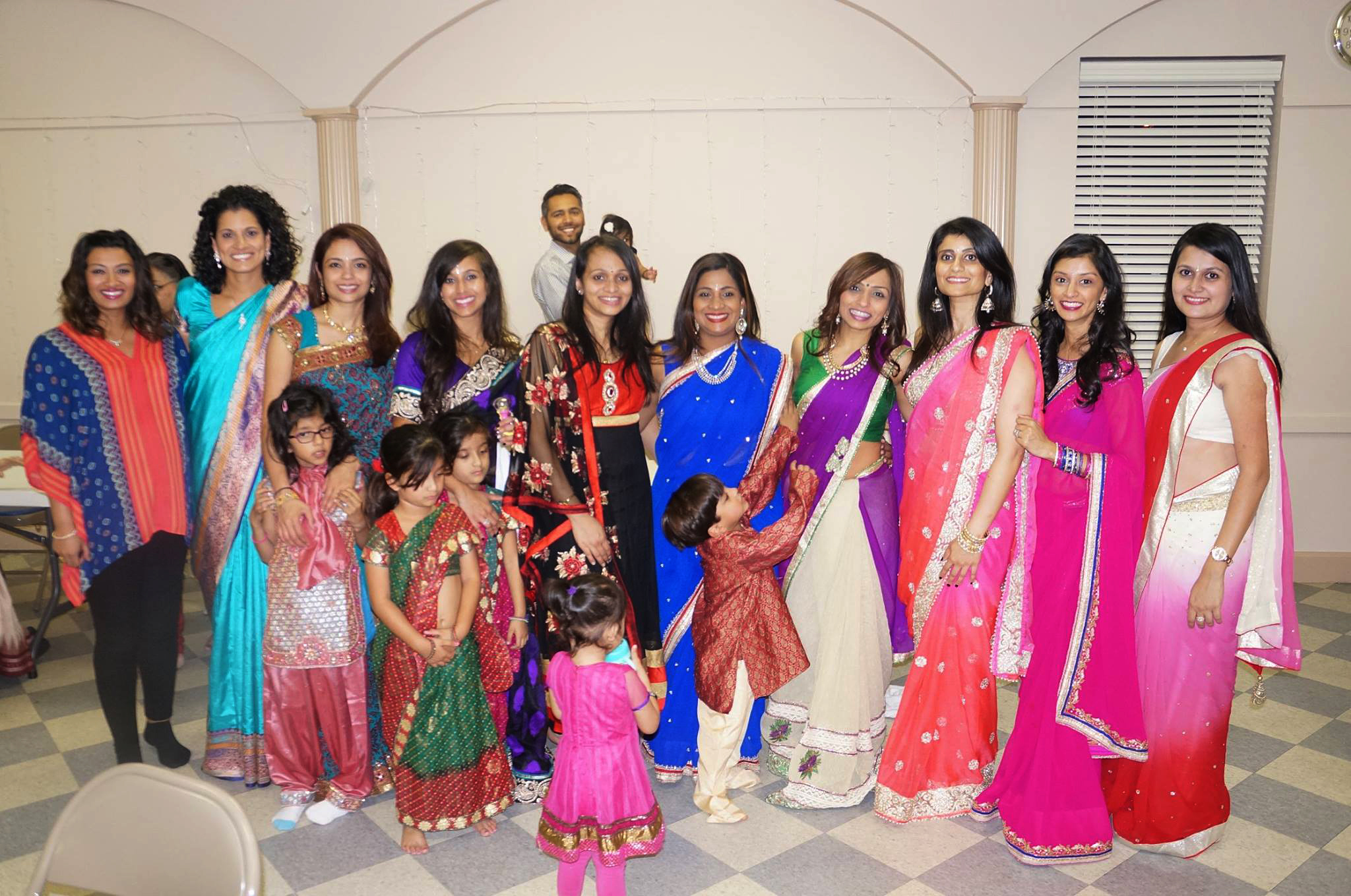
Rubin’s father, Champak Patel, was one of the founding members of Hindu Samaj, the first temple in Baton Rouge in 1992. He wanted the Indian American children to have a community center and a temple to learn about the Hindu culture and religion. While many children of immigrants living in larger cities gathered at temples, smaller towns such as Baton Rouge lacked a meeting place for the growing Indian population.
“Having a temple in town was a major change for me when I moved here,” recalls Manisha. “In Kentucky, we didn’t have a place to go for every holiday and celebration.”
The founding of the temple was also important to Pratul Ajmera, a professor at LSU, and his wife Meena, an IT specialist. When the couple moved to Baton Rouge in 1982 with two children, they had no trouble meeting other families of Indian origin, as about 250 such families then lived in the city. But as time went on and the Indian American population grew—there are at least 800 families today—many recognized the need for a place where Hindus could celebrate religious festivities and customs.
“Today, more than 25 years have passed since the opening of this temple in Baton Rouge, and some of these children have grown up and are bringing their very own young children to the temple,” says Pratul, who notes that two more Hindu temples have since been established by different groups in the Baton Rouge area with a focus on maintaining, educating and preserving the Hindu culture. “A very big step has been taken to transfer Hindu values and customs to now the third generation.”
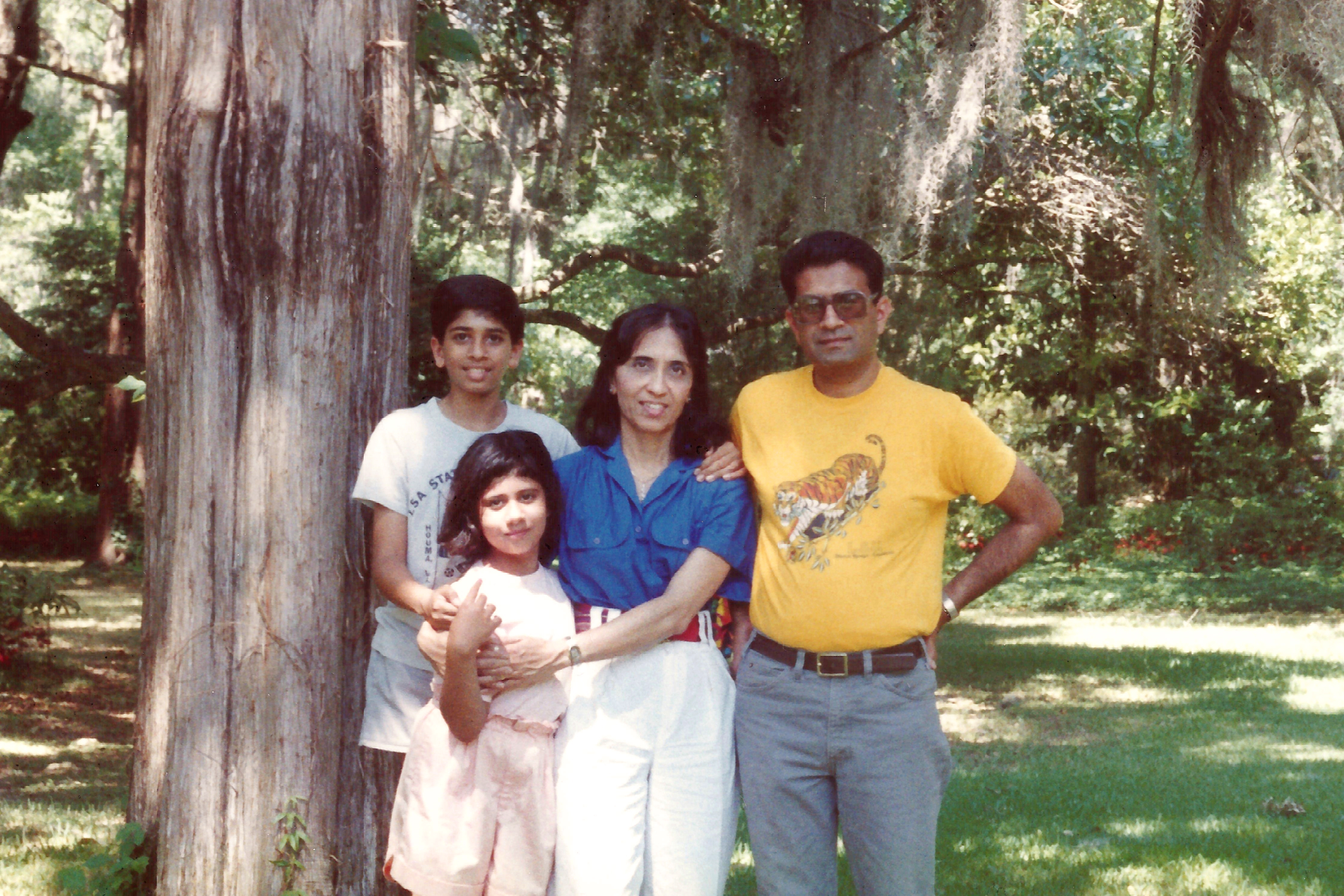
The transfer of Indian values and customs is not only important to those who are Hindu. Anita Gouri, a pediatric dentist, and her husband Brian, a physician at Our Lady of the Lake, are second-generation Indian Americans but are Christians and are raising their children in the Christian faith. Brian’s parents came from Kerala, India, where the Christian population—due, in part, to Portuguese colonization in the 16th century—is proportionately much larger than in India as a whole. Brian’s family has been Christian for generations, but the couple still takes their two daughters to the temple occasionally so they can learn about their heritage.
“I was so happy to find an Indian community here,” says Anita, who grew up with only a couple of Indian American friends in Bogalusa. “Because we lived in a small town with few Indians, my family was very Americanized. My parents were very pro assimilation. We were kind of an anomaly. Now, all our children are very Americanized, so I’m glad we have the Indian community and temple to help keep us connected.”
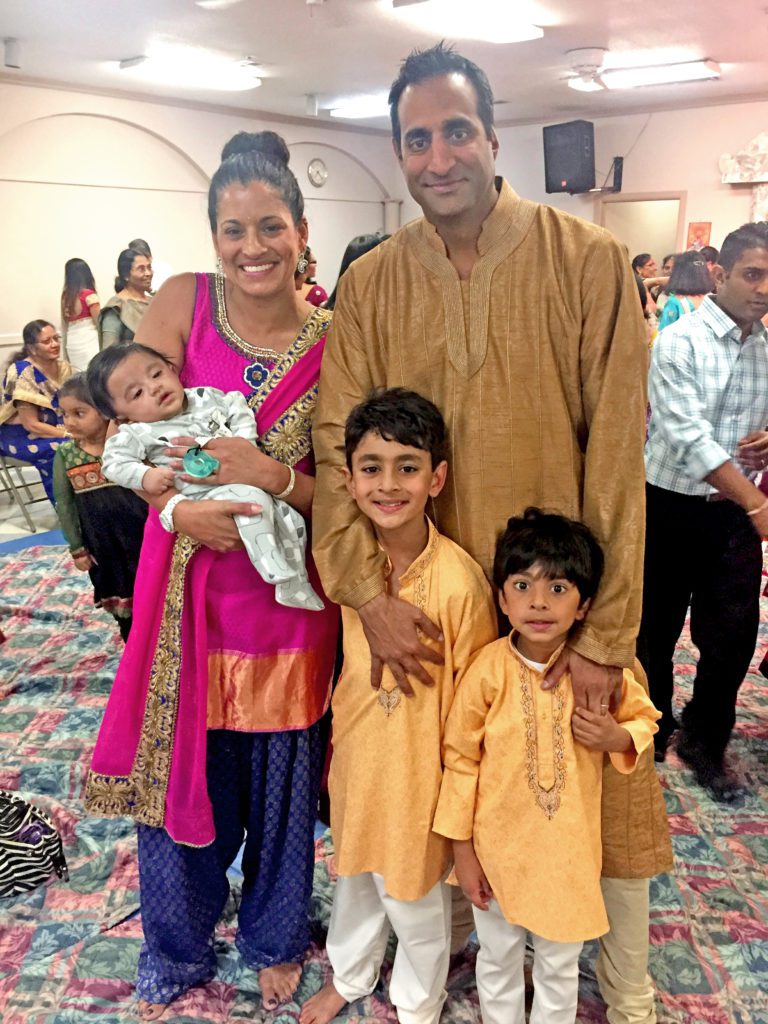
Adult children of Indian immigrants remember their parents speaking their native tongue in the home, and—because many don’t practice this with their own children—some fear these languages never will be learned by the third generation today. Language loss is a common cost for immigrants who seek better opportunities for their families in America. And while this loss might be inevitable as newer generations become more socially assimilated and further from their homeland tongue, the Indian culture and heritage can still be practiced and celebrated with effort. It’s a trade-off the first generation of Indian Americans ultimately had to make.
“The first thing an immigrant notices upon entering America is how efficiently the society works and how systematic the daily life is. The reason for this is manifold. Here in the U.S., with hard work and some luck, most people can achieve their goals and overcome hindrances,” says Pratal. “One is struck by the American attitude to get the job done, no matter what the job is. Hard work, punctuality, a spirit of innovation, the satisfaction of a job well done, and trying to find a solution to resolve a problem rather than complain are hallmarks of our American experience that we embrace.”




